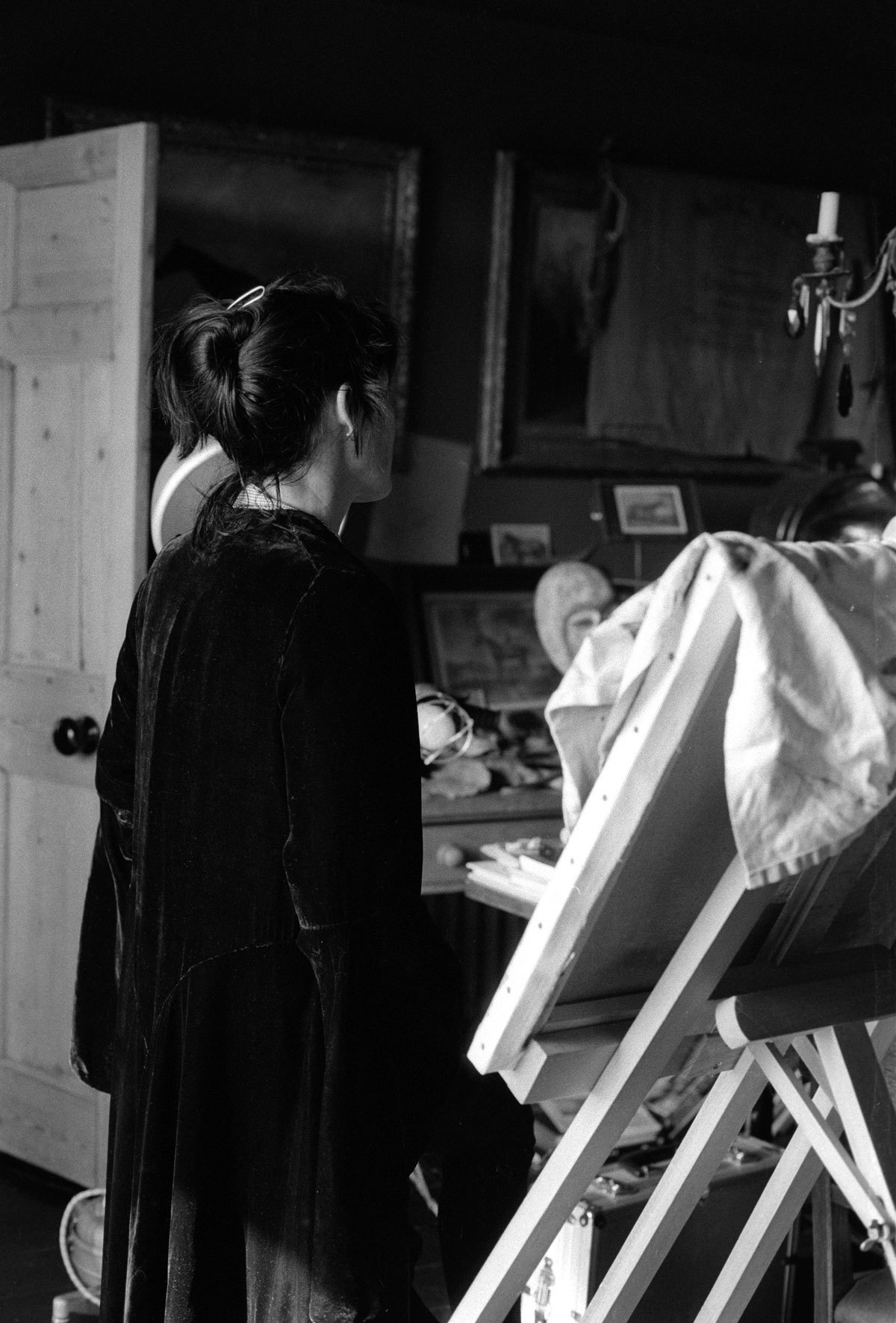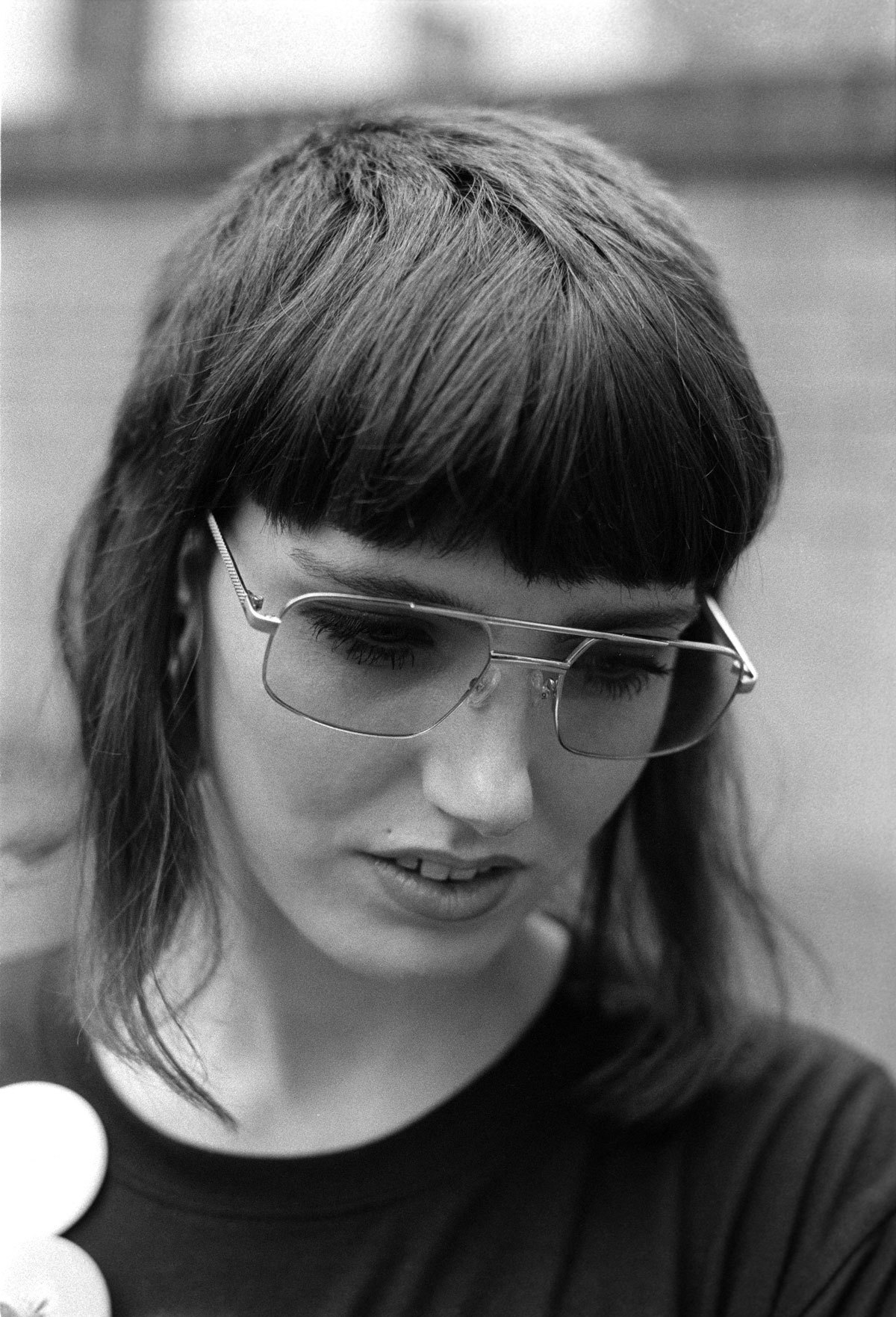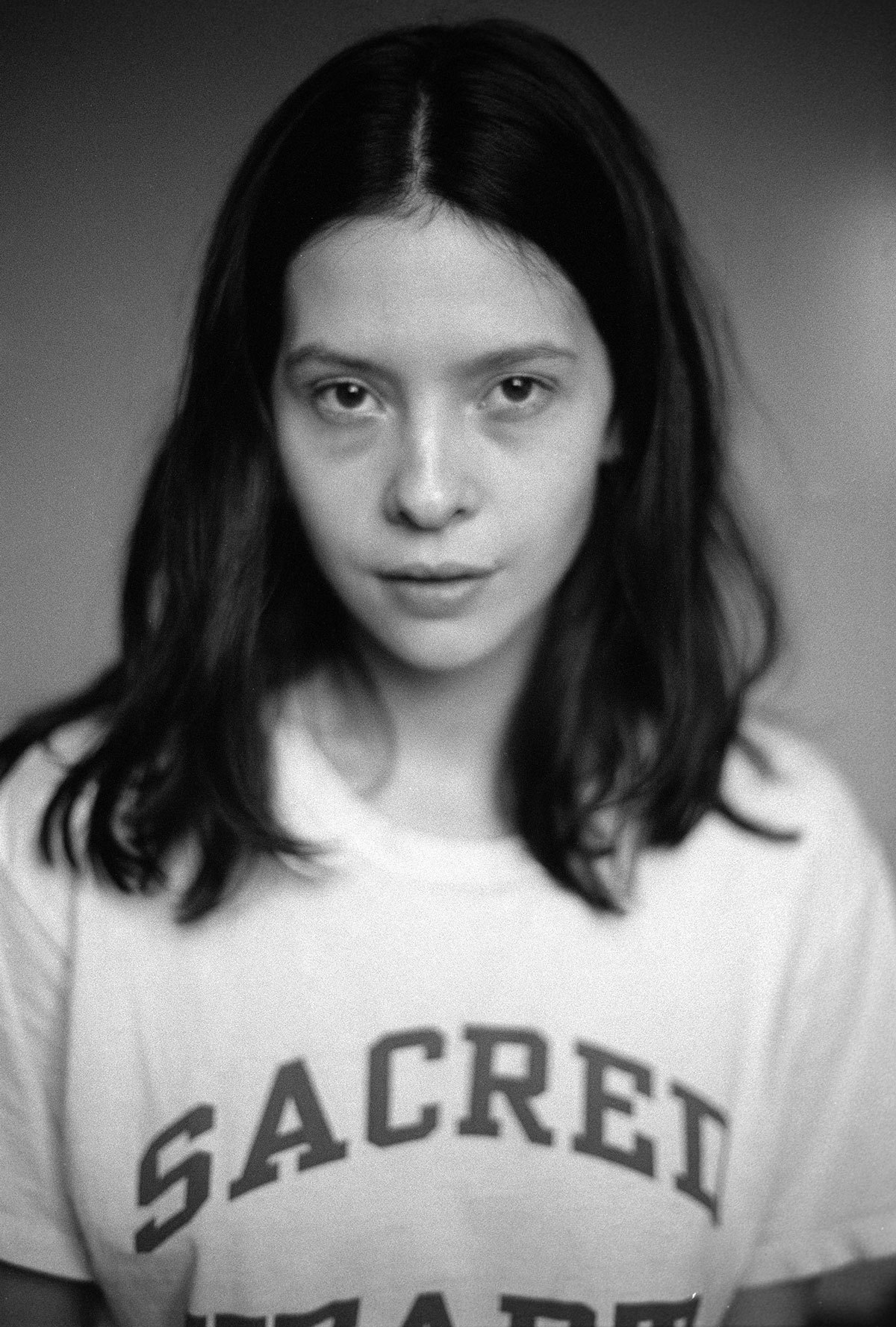Finding your feet in any creative industry can be challenging. Finding your feet as a woman however, can prove much more difficult. Only 37% of the creative industry is made up of women — a concerning imbalance given the seemingly liberal nature of creative work. Recent Central Saint Martins graduate Millie Grace Horton is currently shattering a little of that glass ceiling. Her latest publication SEINE documents an array of women working in the arts sector — a beautiful and sensitive portrayal of the power of the feminine in a man’s world.
“Print, television, and film are all male dominated,” explains Millie. “From film directors to cinematographers, to male journalists that write the majority of newspaper articles. Women have very little creative input in these industries and overall, I think the media is failing women and our views and opinions are not being heard as much as they should or could be.”
She’s not wrong. For example, The Center for the Study of Women in Television and Film marks out that, “Overall, women accounted for 25% of directors, writers, producers, executive producers, editors, and cinematographers. These numbers represent little change in women’s employment since 2008-09 when women accounted for 24% of individuals in these roles.”

The publication itself boasts an impressive roster of talented women, including Annie Leibovitz, Claire Barrow, and Lady Amanda Harlech — each whom have spent time with Millie sharing their experiences of womanhood and allowing her to take black and white portraiture of them in their private and professional spaces. “I began by writing a list of the women that have influenced me and my work throughout certain areas of my life. I contacted each of them to see if they’d be willing for me to take their portrait and interview them and I was fortunate enough to have had such a positive response. The list doesn’t really end so I’m hoping there will be many more issues to come.”
Raised solely by her mother, the influence of a guiding female force is evident in Millie’s work. Further, a solid network of close female friends have inspired her way of thinking — also featuring and assisting in the publication. “I’m eternally grateful for every single one of them.”
Millie explains that the title for the publication — SEINE, Paris’ central river — rose from discussions that she had with the magazine’s women regarding their relationships with water. Used as a metaphorical thread throughout, water becomes something that unifies SEINE‘s women for its transformative powers. From Millie’s own experiences of swimming to banish a sense of loss and unhappiness to Tatiana Fox’s solitude in bathing, the essence of water alludes to a force inherent within women — a ‘river’ that runs through them all.

Naturally, SEINE raises questions surrounding feminism, yet does so in a poetic way. There’s nothing anti-man amongst its pages, a misconception that Millie identifies as a key factor to the confusion around the feminist debate. “Feminists are not ‘man haters’ — we don’t believe we’re better than men, we just want acknowledgement that we’re equal. I think because the media is male dominated, feminist ideals are often misconstrued.”
Just recently, this feminist debate has been spotlighted, following the prime-ministerial appointment of Theresa May and the subsequent gender balancing of the Conservative party. Politics aside, the question is poised whether this is progressive for feminism or if that hinges on the policies she is to introduce. Margaret Thatcher, the U.K’s first female Prime Minister, is often cited in light of this. Whilst many would take a staunch opinion due to Thatcher’s controversial policies, it’s necessary to look past this and realize that in terms of gender equality, the Iron Lady made a significant leap forward for women in achieving that.

Flicking through the 35mm photographs and reading the many interviews amongst the magazine’s pages, the importance of women moving things forward is paramount. Their vast stories — such as tattooist Tati Compton’s experience of a strip club or regular i-D make up artist Alex Box explaining how she loves to swim in the pool on the roof of her building — show the intimate tendencies of women in the creative industry, and demonstrates just how important it is to have people like them in positions of power.
The opening statements of SEINE set that proposition very clearly. “I think it’s fair to assume the individuals, whose names are within, have become who they are because at some point, another woman said ‘Yes.’ They had someone who they believe in show the belief back. The significance of that is undeniable.” In these uncertain times, the transformative power of acceptance and saying ‘yes’ is crucial. It’s rather cleansing too — much like water itself.

Credits
Text Greg French
Photography Millie Grace Horton
